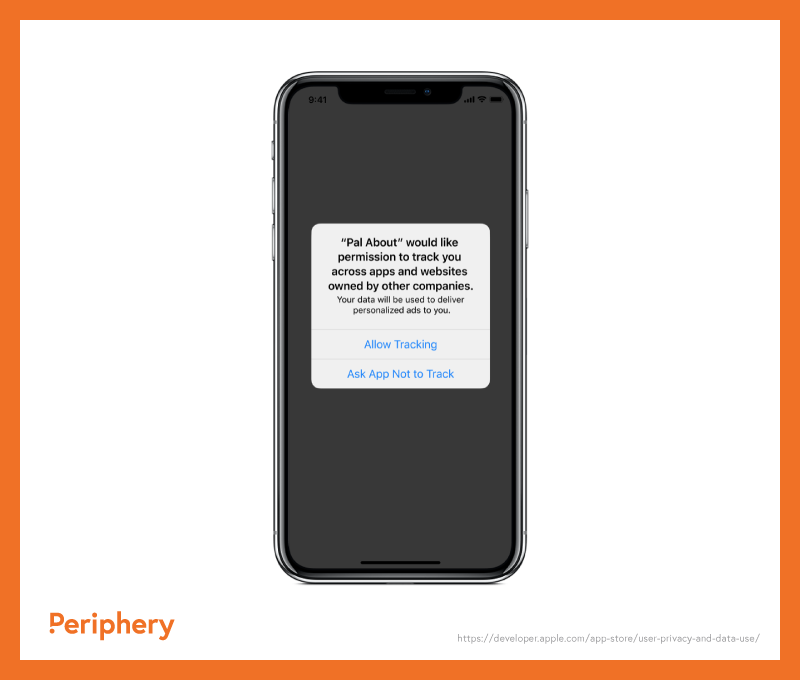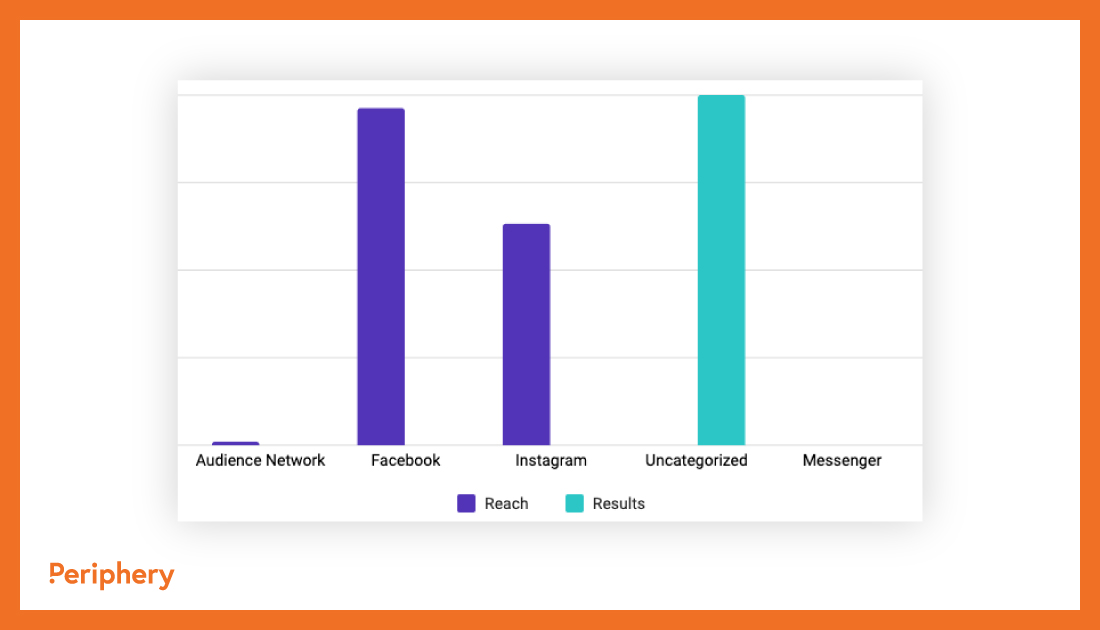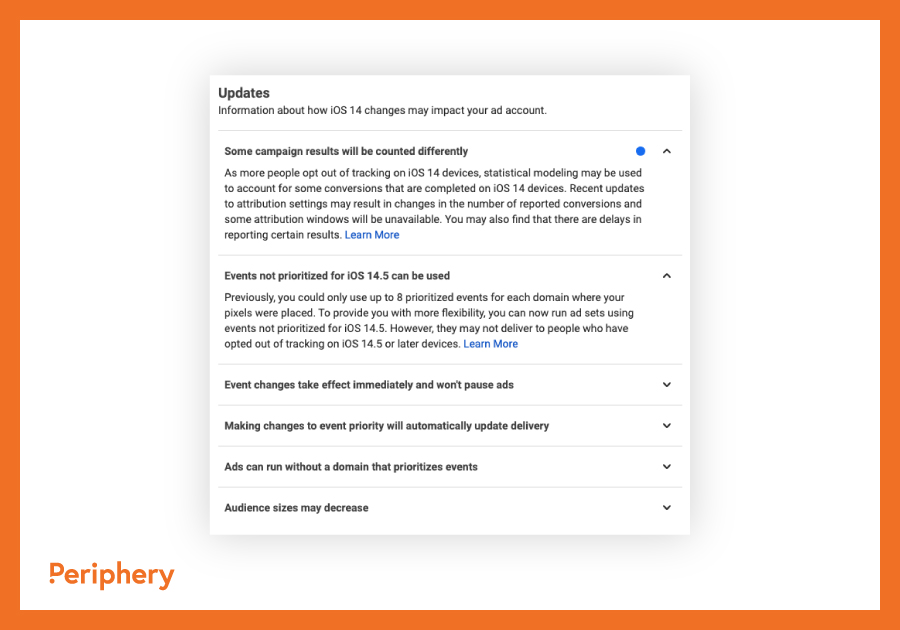If you’re in marketing, by this point you should know about Apple’s update to iOS 14 and its introduction of the App Tracking Transparency Framework, affecting how data is processed and used for third-party advertisers. This affects players big and small in the advertising space, and even though many of the impacts of this and future updates are unknown, it’s important to stay up to date and vigilant on how this might affect the efficacy of your advertising campaigns.
Following accelerated concerns over the last couple of years as a result of the Facebook & Cambridge Analytica scandal, 79% of people are somewhat or very concerned about how companies use their data, and rightfully so. And brands are responding to this, winning the trust of their target audience.
There isn’t a single solution for marketers to overcome the challenges that come with the death of app tracking and third-party cookies that can be found overnight, but there are some things you can do as an advertiser to reduce the headache.
But let’s take a step back, how is Apple changing the future of targeted advertising as we know it?
iOS 14.5 Recap
With the iOS 14.5 update, Apple has introduced the App Tracking Transparency Framework (ATT). This framework requires third-party apps that collect data through the Apple ID for Advertisers (Apple IDFA) to show a prompt informing users their data is being collected for tracking purposes, and asks them if they would like to opt-out.

The adoption rate for iOS 14.5 and the subsequent 14.6 is only rising, currently at 82.1% as of today, according to Gupta Media. Users that opt out of tracking will see general ads that are not relevant to their online behaviour, and if they click on an ad, their data and behaviour will not be tracked by the advertiser.
If you’d like to learn more about the iOS 14 update in detail, check out our initial blog post on the subject.
What We’ve Learned So Far
As a member of Facebook Business Partners, we currently manage over $1 million in Facebook ad spend alone, and we strive to do everything we can to minimize disruptions to our clients’ ad accounts as a result of these changes. This starts with keeping up to date with understanding the breadth and limitations of our tools, and being transparent with our clients about the potential impacts.
Unfortunately, the future is still unknown in terms of the long-term effects this will have on businesses’ bottom lines, however, there are some short-term trends we’ve seen thus far caused by the tracking limitations.
Audiences & Targeting
While these changes affect many ad platforms that use some form of tracking pixel, we’ll focus on Facebook Ads in this article.
All audience types have decreased in size, causing issues with ad delivery to iOS 14.5 users.
Detailed targeting audiences: In order for Facebook’s tracking systems to work, it needs to be able to match targeted interests with online behaviours. With many of the audience opting out of tracking, it becomes difficult for Facebook to determine how to effectively sort the audience into relevant interest groups as indicated by the targeting settings, thus resulting in a smaller audience.
Retargeting audiences: This audience, as well as other custom audiences, have even further reduced in size than detailed targeting audiences, as they rely on tracking behaviour across other websites via the Facebook Pixel. For example, if someone visits the pricing page on your website, you can retarget them with Facebook ads specific to your pricing. This type of audience typically has the highest return on investment.
Budgets & Spend
As a result of reduced audience size, cost per lead (CPL) has increased across the board for campaigns that involve tracking in any capacity.
For most of our campaigns, we use Campaign Budget Optimization (CBO). This allows Facebook to automatically manage the campaign budget to get the best results for the lowest cost. Because our detailed targeting audiences are larger with CBO enabled, Facebook is allocating more of the budget to this audience.
Detailed targeting audiences are generally our top-performing audiences, but have recently demonstrated the highest CPL across our campaigns, likely because of the recent limitations in Facebook’s ability to identify interests.
Results & Reporting
Under the new policy, the ability to measure the performance of campaigns is limited. Real-time reporting is no longer supported by Facebook Ads, and instead delayed for up to 3 days. Facebook has introduced statistical modeling to make up for the missing data from iOS opted-out devices. As a result, we have noticed our campaign results fluctuating.
Breakdown data is no longer supported, making reporting difficult in some areas. For example, if we want to compare Facebook vs Instagram ad placement performance, we aren’t getting the full picture as the numbers are being lumped as ‘Uncategorized’.

Attribution changes no longer support 28-day click, view, and 7-day view-through windows. Our campaigns previously used a 7-day click and 7-day view window.
To assess impact, we compared the 7-day view and the 1-day view attribution windows on 15 of our ad accounts. Because we report on form fills, we found there was no impact for lead campaigns, and only a small impact on conversion campaigns.
Mitigating the Limitations of iOS 14.5

Domain verification
We’ve been working closely with our clients to ensure their domain is verified. This allows us to choose which 8 conversion events Facebook should optimize and report on. Check out our blog post for step-by-step instructions to verify your domain.
Utilize first-party data
Through our ad campaigns, we’ve been collecting first-party data through our client’s websites, forms, surveys, email lists, and more so we don’t have to rely on third-party cookies. We also utilize this data to build lookalike audiences (a type of custom audience). Facebook Lead Ads are an easy way to gather first-party data, as Facebook auto-populates data from the lead’s Facebook profile so the user doesn’t have to manually fill out the form, minimizing touchpoints resulting in higher conversion rates and lowering CPL in the process.
Budget adjustments
To mitigate the impacts of higher CPL for decreased audience size, one option could be to turn off the affected audiences. However, we knew this audience was converting, just at a higher cost. Since CBO simplifies campaign setup and management of multiple budgets and campaigns, we instead set a maximum daily budget for these audiences to continue to capture registrations at a lower cost. This solution has so far been effective.
Audience adjustments
A solution to compare results from Facebook and Instagram placements could be to create separate campaigns for each platform. This would only work if your audience sizes are large enough and aren’t limited by language, location, or other forms of detailed targeting that would substantially reduce your audience size.
Don’t jump to conclusions
Since the elimination of real-time reporting, we have been delaying campaign updates to ensure there is adequate time for data to stabilize, ensuring our decisions are informed to take the best course of action. We continue to closely monitor results to ensure our clients are getting the best return on ad spend (ROAS) possible.
Final Words
It’s important to note many of the impacts on marketing strategies and solutions to the limitations of a cookieless future have yet to be discovered. Additionally, no two industries or ad accounts are the same, and the most important thing you can do is keep an eye on your account performance and stay up to date on the latest industry knowledge.
If you have any questions or concerns about your campaigns and the iOS 14.5 update, or if you’re looking for a trusted agency to manage your ad accounts, please don’t hesitate to contact us.


